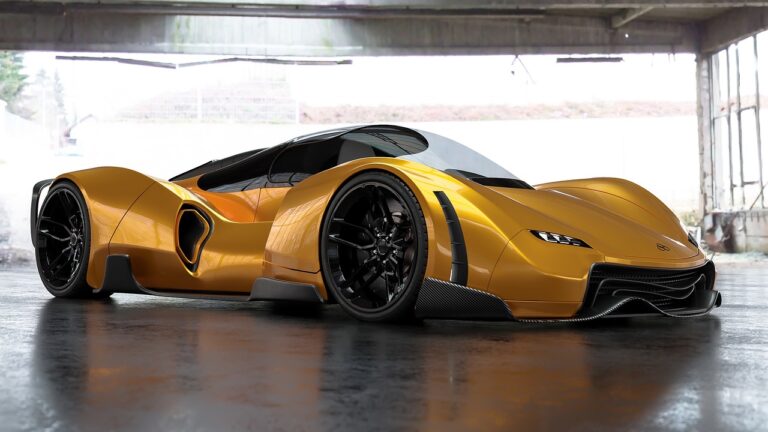Advancements in Hybrid Vehicle Technology
Hybrid vehicles incorporate a unique combination of components that work together to improve fuel efficiency and reduce emissions. One essential element of a hybrid vehicle is the internal combustion engine, which is typically smaller and more fuel-efficient than that of a traditional vehicle. This engine is responsible for providing power when needed, especially during high-speed driving or when additional power is required.
In addition to the internal combustion engine, hybrid vehicles are equipped with an electric motor that works in conjunction with a high-voltage battery pack. The electric motor is used to assist the internal combustion engine during acceleration and low-speed driving, reducing the overall fuel consumption of the vehicle. The high-voltage battery pack stores energy generated through regenerative braking and can also power the vehicle solely on electric power for short distances.
• Internal combustion engine
• Electric motor
• High-voltage battery pack
The regenerative braking system is another key component of hybrid vehicles. This system captures energy that is typically lost during braking and stores it in the high-voltage battery pack for later use. By converting kinetic energy into electrical energy, the regenerative braking system helps to improve overall fuel efficiency and reduce wear on traditional brake systems.
Additionally, hybrid vehicles are equipped with a power electronics controller that manages the flow of electricity between the internal combustion engine, electric motor, and high-voltage battery pack. This controller ensures that each component operates efficiently and optimally based on driving conditions, further enhancing the performance of the vehicle while minimizing fuel consumption.
Overall, these key components work together seamlessly in hybrid vehicles to deliver improved fuel efficiency, reduced emissions, and a smoother driving experience for consumers. As technology continues to advance, we can expect to see even more innovative components integrated into hybrid vehicles in the future.
Battery Technology in Hybrid Vehicles
Hybrid vehicles have gained popularity for their fuel efficiency and reduced emissions compared to traditional gasoline-powered cars. A key component that enables these vehicles to operate efficiently is their advanced battery technology. These batteries store electrical energy produced either by the internal combustion engine or through regenerative braking.
Lithium-ion batteries are commonly used in hybrid vehicles due to their high energy density and long lifespan. These batteries can quickly store and release energy, allowing the vehicle to smoothly switch between the electric motor and the gasoline engine. Additionally, advancements in battery technology continue to improve the performance and range of hybrid vehicles, making them a more attractive option for environmentally conscious consumers.
Regenerative Braking Systems
Regenerative braking systems play a crucial role in the energy efficiency of hybrid vehicles. When the driver brakes, the kinetic energy that would have been lost as heat in traditional braking systems is instead converted into electrical energy. This energy is then stored in the vehicle’s battery for later use, such as powering the electric motor or other car accessories.
By harnessing the power of regenerative braking systems, hybrid vehicles are able to optimize their energy usage and improve fuel efficiency. This innovative technology not only helps to reduce the vehicle’s overall carbon footprint but also contributes to an extended driving range. With regenerative braking systems becoming more prevalent in the automotive industry, the future of sustainable transportation looks promising.
What are the key components of hybrid vehicles?
Some key components of hybrid vehicles include the internal combustion engine, electric motor, battery pack, regenerative braking system, and power electronics.
How does battery technology play a role in hybrid vehicles?
Battery technology is crucial in hybrid vehicles as it stores the energy generated through regenerative braking and supplies power to the electric motor for propulsion.
What is a regenerative braking system?
A regenerative braking system is a technology that captures the kinetic energy produced during braking and converts it into electrical energy to be stored in the battery for later use.
How does regenerative braking benefit hybrid vehicles?
Regenerative braking helps improve fuel efficiency in hybrid vehicles by recovering energy that would otherwise be lost as heat during braking, thus extending the driving range of the vehicle.
Are regenerative braking systems only found in hybrid vehicles?
While regenerative braking systems are commonly found in hybrid vehicles, they are also being incorporated into some electric vehicles and even traditional gasoline-powered vehicles as a means of improving energy efficiency.







